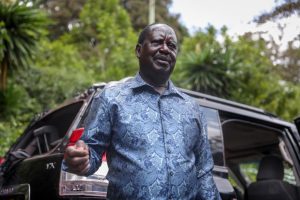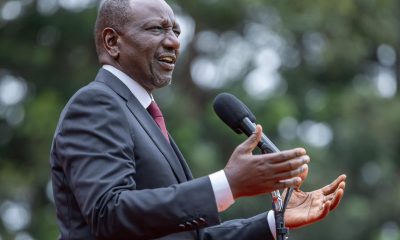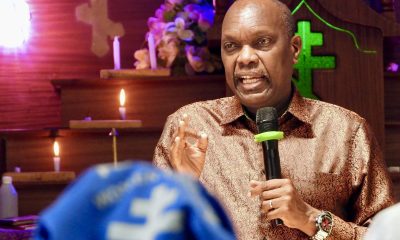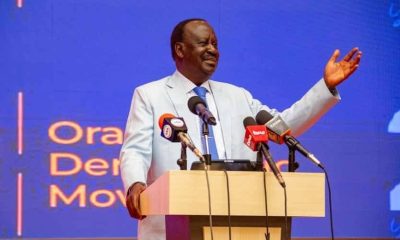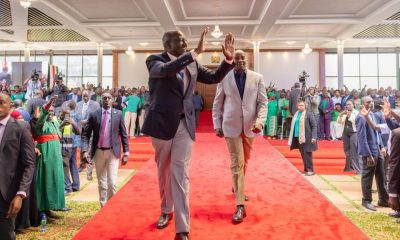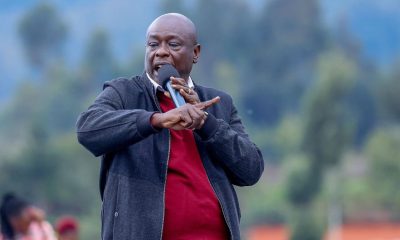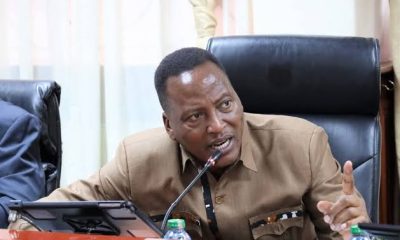Politics
OPINION: Why Raila’s 2027 Presidential Bid Is Both Inevitable and Strategic
For Ruto, Raila’s candidacy serves several purposes. It potentially divides opposition votes, particularly if Kalonzo Musyoka runs independently.
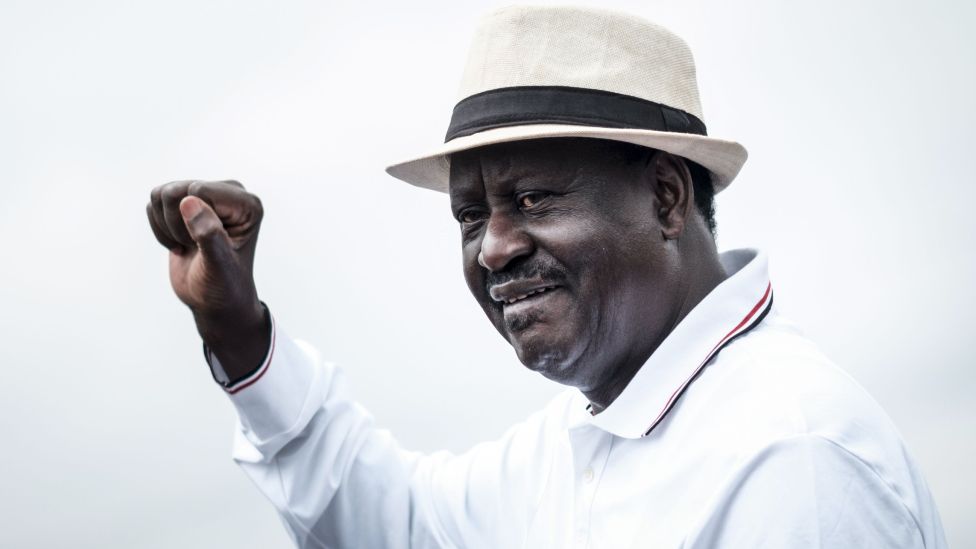
The unfinished legacy
The recent revelation that Raila Odinga intends to contest the presidency once more in 2027 may surprise some, but to seasoned observers of Kenya’s political landscape, it represents the logical culmination of a decades-long pursuit of power.
After five unsuccessful attempts at the presidency, one might reasonably expect Raila to gracefully exit the stage.
However, this misunderstands both the man and the moment.
For Raila, the presidency has never been merely an ambition but a mission—the final chapter of a political narrative that began with his father, Jaramogi Oginga Odinga.
This quest transcends personal aspiration; it represents the fulfillment of a historical trajectory that has shaped Kenya’s opposition politics for generations.
Like the marathon runner who stumbles repeatedly yet rises for one final sprint, Raila appears determined to complete what he started, viewing 2027 as potentially his last opportunity to transform his reformist vision into governing reality.
ODM’s existential dilemma
The Orange Democratic Movement faces an existential crisis that only Raila’s candidacy can temporarily resolve. Just the way Cotu cannot survive without its secretary general Francis Atwoli, the same is with ODM without Raila.
The party has failed to nurture a successor with comparable national appeal or cross-regional support. Figures like Hassan Joho, Wycliffe Oparanya, and John Mbadi, while regionally influential, lack Raila’s historical gravitas and nationwide recognition.
Raila’s candidacy thus becomes a lifeline for a party struggling with succession planning.
Should he retire without a clear heir, ODM risks fragmentation along regional lines, with various lieutenants carving out personal fiefdoms rather than maintaining a cohesive national opposition movement.
By running again, Raila buys time for this transition while preserving party unity in the immediate term.
The Ruto-Raila paradox
Perhaps the most fascinating dimension of Raila’s 2027 bid is the evolving relationship with President William Ruto.
Their détente, formalized through a memorandum of understanding between ODM and UDA, creates a political paradox that is ostensible opponents who have developed a symbiotic relationship.
For Ruto, Raila’s candidacy serves several purposes. It potentially divides opposition votes, particularly if Kalonzo Musyoka runs independently.
Additionally, it provides Ruto with a known quantity as his principal challenger—someone with whom he has established working parameters and mutual understanding.
Most importantly, should no candidate secure an outright majority, Raila becomes a potential coalition partner in a power-sharing arrangement that could preserve Ruto’s presidency.
For Raila, meanwhile, running offers leverage regardless of outcome.
Victory would obviously crown his career with the presidency he has long sought. But even in defeat, his substantial vote share would guarantee him a seat at the table in post-election negotiations.
This explains the curious dynamic whereby Raila can simultaneously position himself as an opposition figure while maintaining cooperative relations with the administration.
Kingmaker or King?
This leads to the central question about Raila’s intentions: Is he genuinely running to win, or positioning himself as the ultimate kingmaker in Kenyan politics?
The evidence suggests both motives are at play. Raila undoubtedly retains presidential ambitions, but he is pragmatic enough to recognize the value of alternative outcomes.
By maintaining a significant political base, he ensures that even in defeat, he remains indispensable to Kenya’s governance calculations.
This dual strategy explains ODM’s current positioning: maintaining enough critical distance from the Ruto administration to preserve opposition credentials, while cooperating sufficiently to demonstrate governance capability.
It’s a high-wire act that only a political veteran of Raila’s caliber could attempt.
The economic backdrop
Raila’s calculation likely factors in Kenya’s challenging economic climate. With the cost of living continuing to rise and public frustration mounting over unfulfilled economic promises, the 2027 election will inevitably become a referendum on Ruto’s first-term performance.
However, Raila faces the delicate task of critiquing an administration with which he has increasingly aligned.
His involvement in government affairs, particularly following the MOU between ODM and UDA, makes it difficult to entirely distance himself from Ruto’s economic record.
This explains recent statements by ODM secretary general Edwin Sifuna and Raila’s brother Oburu Odinga, both of whom have begun articulating more critical positions toward the government—laying groundwork for Raila to eventually pivot toward a more oppositional stance.
The Opposition matrix
Raila’s entry transforms the opposition landscape, potentially marginalizing Kalonzo Musyoka, who has spent considerable energy positioning himself as the presumptive opposition flagbearer.
The tension between these two senior opposition figures could prove detrimental to both, splitting the anti-incumbency vote in a manner that historically benefits sitting presidents.
However, if Raila can consolidate opposition support—perhaps by eventually offering Kalonzo a significant role in his campaign—they could present a formidable challenge to Ruto.
The additional wild cards of potential candidacies by Fred Matiang’i or even Rigathi Gachagua (should his legal challenges be resolved) further complicate the electoral math.
The Final stand
Perhaps most compelling is the personal dimension of Raila’s decision.
At his age, 2027 truly represents his final viable opportunity to achieve the presidency.
Having come tantalizingly close in previous contests, particularly in 2007 and 2017, the temptation for one last attempt proves irresistible.
There’s a certain symmetry to Raila’s persistence—a quality that has defined his political career.
From detention under the Moi regime to his central role in constitutional reforms, from prime minister to perennial presidential contender, his story has been one of resilience against seemingly insurmountable odds.
The 2027 bid thus represents not merely a political calculation but the culmination of a lifetime’s struggle.
Raila Odinga’s decision to contest the 2027 presidency reflects a complex interplay of personal ambition, party preservation, strategic positioning, and historical legacy.
Far from a quixotic pursuit, it represents a calculated move by one of Kenya’s most astute political operators.
Whether he ultimately seeks to be king or kingmaker remains to be seen.
What’s certain is that his entry fundamentally reshapes Kenya’s political landscape, forcing all players—from Ruto to Kalonzo to regional power brokers—to recalibrate their strategies in response.
As Kenya navigates economic challenges and evolving political alliances, Raila’s final presidential campaign promises to be as consequential as it is captivating—a fitting finale to one of the most remarkable political careers in African history.
Kenya Insights allows guest blogging, if you want to be published on Kenya’s most authoritative and accurate blog, have an expose, news TIPS, story angles, human interest stories, drop us an email on [email protected] or via Telegram
-
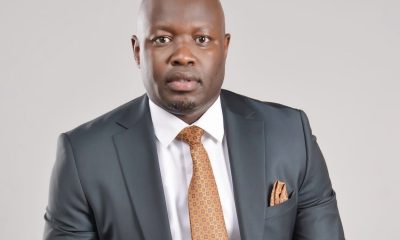
 Investigations2 weeks ago
Investigations2 weeks agoMoney Bior, Lawyer Stephen Ndeda Among 18 Accused Of Running An International Fraud Ring Involved With Scamming American Investor Sh500 Million
-

 Investigations2 weeks ago
Investigations2 weeks agoNestlé Accused of Risking Babies’ Health in Africa with ‘Toxic’ Cerelac Product Sold Highest in Kenya
-
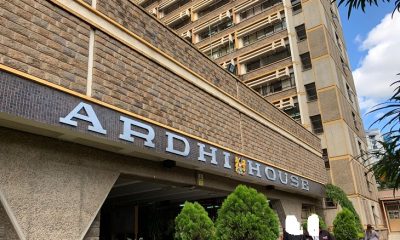
 Investigations1 week ago
Investigations1 week agoHow Land Grabbing Cartels Have Captured Ardhi House
-

 News2 weeks ago
News2 weeks ago48-Year-Old Woman Who Pushed 25-Year-Old Boyfriend To Death From 14th Floor Kilimani Apartment Arrested
-
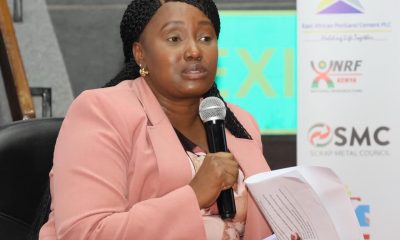
 Investigations2 weeks ago
Investigations2 weeks agoKDC Rocked With Fresh Sh500 Million Tender Scam
-
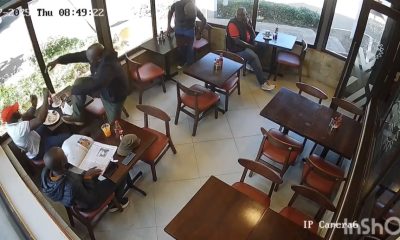
 Grapevine2 weeks ago
Grapevine2 weeks agoMP Anthony Kibagendi Assault and Injures Kisii Man He Accuses Of Sleeping With One Of His Girlfriends
-
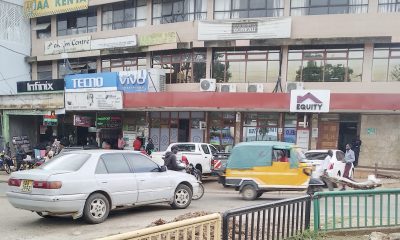
 Investigations3 days ago
Investigations3 days agoInside the Deadly CBD Chase That Left Two Suspects Down After Targeting Equity Bank Customer Amid Insider Leak Fears
-
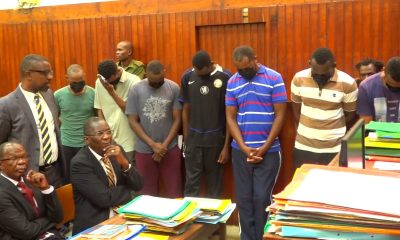
 News2 days ago
News2 days agoSeven KDF Soldiers Accused Of Stealing Meth From Sh192 Million Mombasa Bust Detained For 10 More Days

